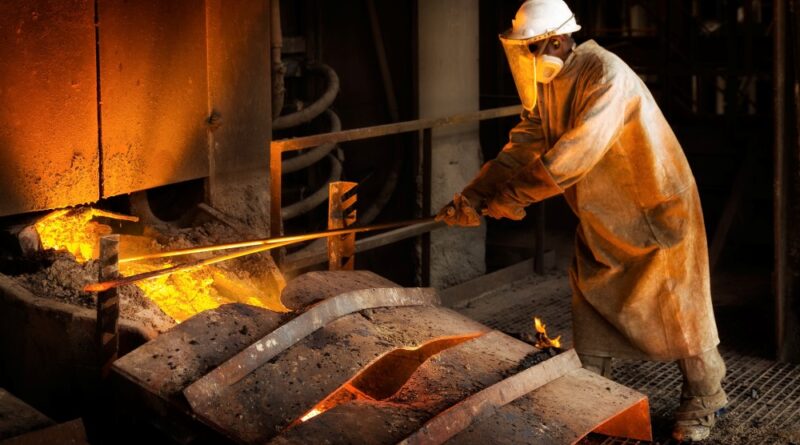Platinum Quarterly examines activity, provides 2025 estimate and 2026 forecast
Metals Focus published Platinum Quarterly data set, which examines activity in the third quarter of this year and provides a revised estimate for 2025 and a first forecast for 2026.
The platinum market is expected to record its third consecutive significant annual deficit in 2025, accentuated by trade tension-linked investment flows. Extreme global uncertainty persists, and the current forecast is for a balanced market in 2026, on the assumption that trade tensions abate. If tensions continue, then 2026 is likely to be another year where platinum supply once again falls short of demand.
Key information from the report is highlighted below:
- Third consecutive significant platinum market deficit in 2025 forecast at 692 koz
- Supply remains constrained, declining 2% year-on-year to 7,129 koz in 2025
- Forecast 2025 automotive demand is 10% above prior five-year average
- Jewellery demand growth of 7% to 2,157 koz in 2025 boosted by first-half spike in China
- Total bar and coin investment to record 47% year-on-year growth in 2025 led by surging demand in China
- Platinum market is expected to move to being in balance in 2026, with a forecast 20 koz surplus, dependent upon an easing of tariff fears, allowing a forecast 150 koz outflow from stocks held on exchange, and a higher platinum price prompting 170 koz of profit taking from ETFs
Updated full year 2025 estimate
The 2025 market deficit, projected at 692 koz, is a downward adjustment of 158 koz from the previous forecast, predominantly on higher mining and recycling supply.
Total supply is projected to decline 2% year-on-year to 7,129 koz in 2025. This will be its lowest level in five years, with mining supply falling 5% to 5,510 koz, also its lowest level in five years. For 2025, the forecast for total demand is 7,821 koz, a 422 koz reduction on the prior year, principally due to the absence of substantive, cyclical glass capacity expansions.
Initial full year 2026 forecast
In 2026, the platinum market is projected to be balanced, with a small 20 koz surplus. Total supply is forecast to increase 4% year-on-year to 7,404 koz as recycling strengthens further, with mine supply growing 2% to 5,622 koz. Total demand is expected to contract by 6% (-436 koz) year-on-year to 7,385 koz. The fall is driven chiefly by an aggregated 540 koz swing in non-bar and coin investment demand, as CME-approved warehouse stocks are drawn down from elevated levels on easing tariff-related uncertainty and some ETF investors taking profits.
Demand segment round-up
Automotive demand above prior five-year average in 2025: The full year 2025 automotive demand outlook is a reduction of 3% (-89 koz) to 3,020 koz as demand from catalysed vehicles (i.e. internal combustion engine and hybrid powertrains) declines in both light and heavy-duty segments. Nevertheless, automotive demand will be 10% (271 koz) above the prior five-year average. In 2026, automotive demand is expected to reduce 3% (-105 koz) to 2,915 koz on lower light-duty vehicle production and smaller engine sizes, somewhat offset by firm heavy-duty and growing off-road catalysation.
Industrial demand recovery: Industrial demand is forecast to fall by 22% year-on-year in full year 2025 to 1,902 koz, largely due to an anticipated cyclical reduction in glass demand from record levels in 2024. In 2026, industrial demand is projected to return to growth, rising 9% (+174 koz) to 2,076 koz, due to a recovery in chemical demand and the return of new capacity expansion in the glass sector.
In 2026, investment demand is forecast to reduce by 52% to 358 koz, on the assumption that tariff-related uncertainty recedes and inventories normalise, leading to a 150 koz outflow from exchange stocks. Further, ETF liquidations are also forecast, assuming investors take profits at decade-high platinum prices, leading to an additional 170 koz of outflows. In 2026, total coin and bar investment is projected to strengthen by 30% to a six-year high of 678 koz (+156 koz). All key markets are expected to achieve higher totals, led by Japan and North America.




